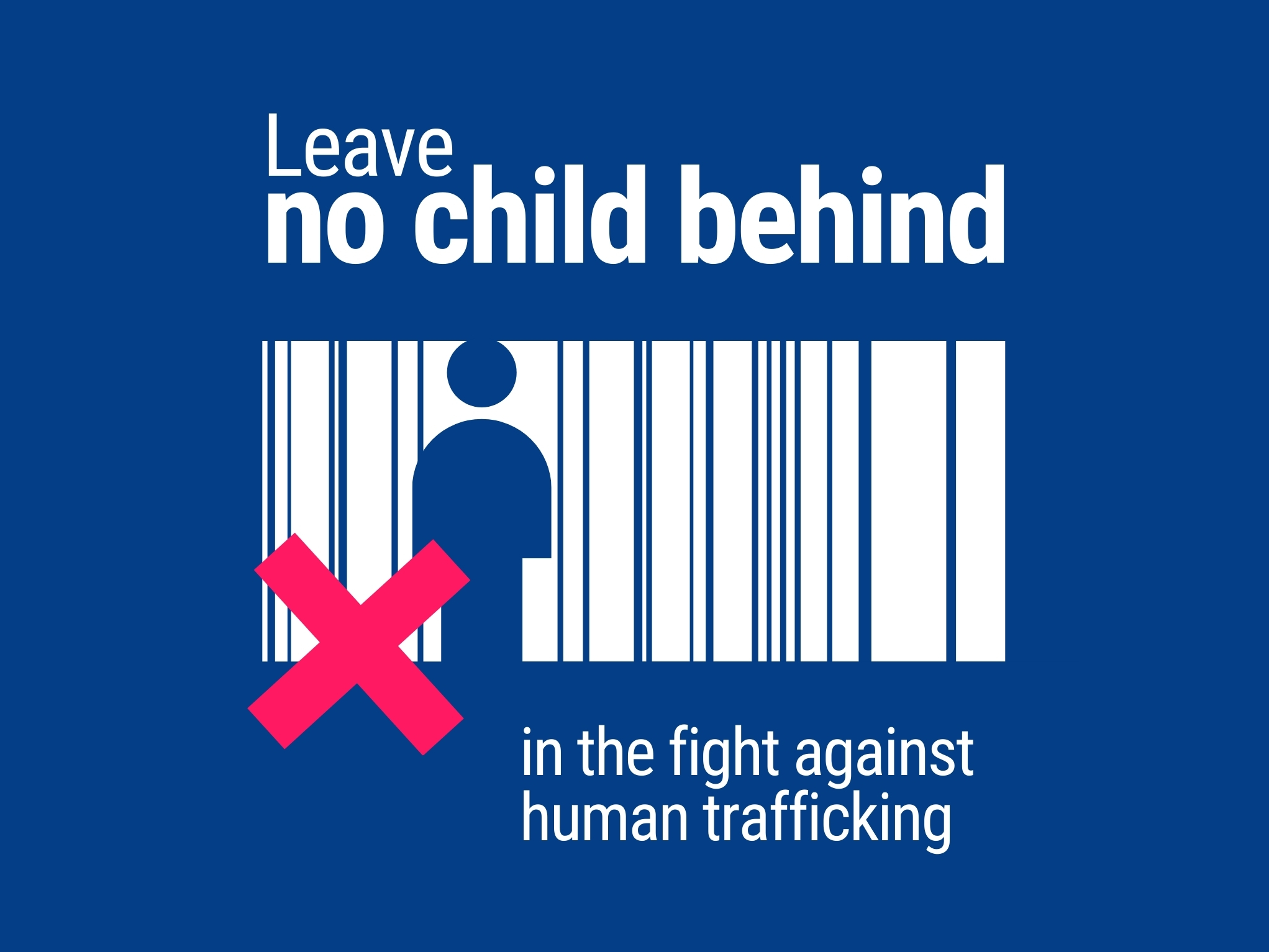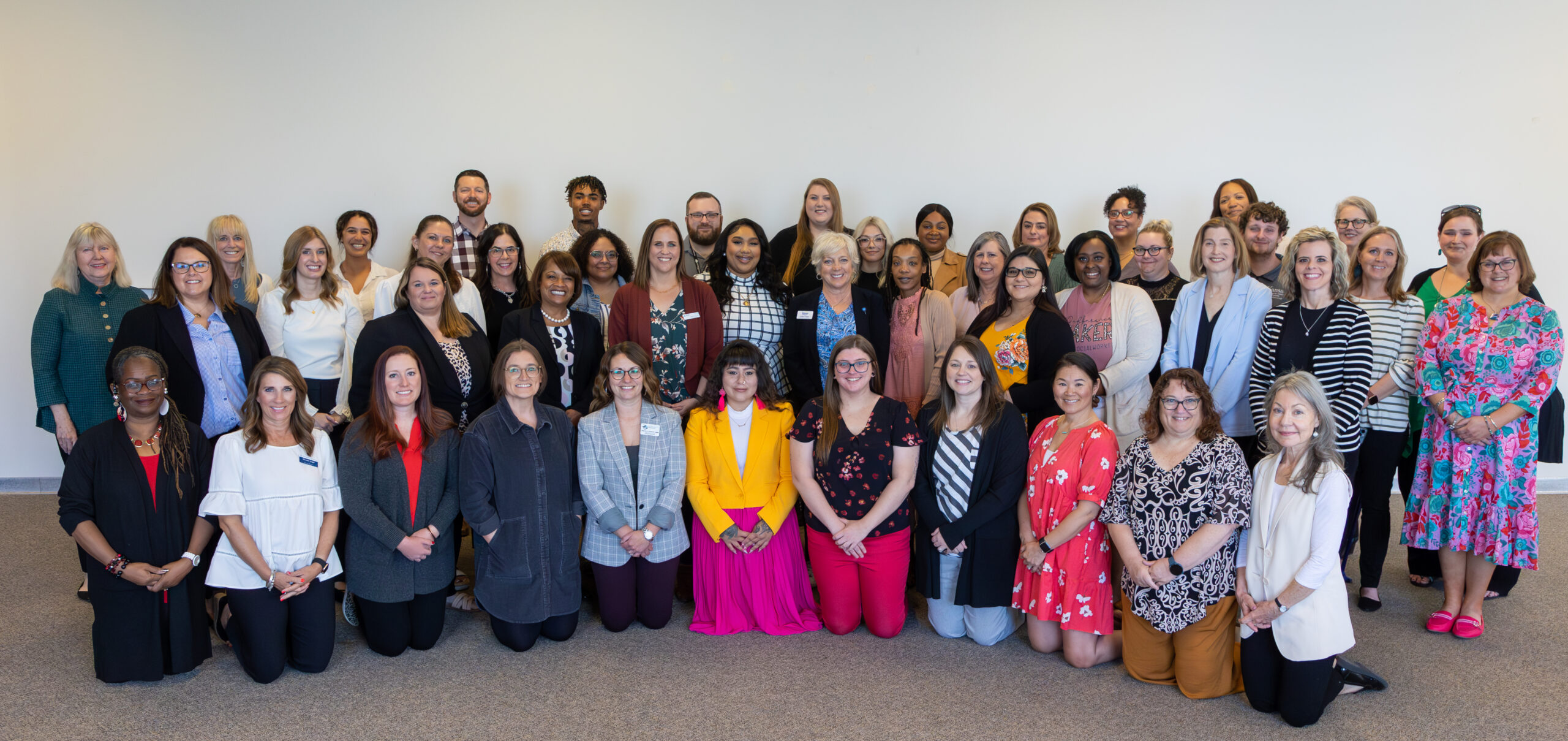Trauma can result from a single incident, such as the death of a parent or child. Or it can manifest as what child welfare workers call “complex trauma,” exposure to multiple traumatic events over time, often of an invasive, personal nature and resulting in challenges with shame, trust, self-esteem, identity and emotion regulation.
Saint Francis has recognized the need to understand trauma and its impact on emotional development since the mid-1970s, said Chief Clinical Officer Cheryl Rathbun.
“Identification of trauma-informed care essentially began more than 45 years ago when doctors began taking trauma into account when diagnosing and treating Vietnam War veterans,” she said. “Their focus on physical and mental traumas led to the identification of post-traumatic stress disorder. Then in the 1990s, the Centers for Disease Control conducted a study that examined the effects of childhood abuse and neglect on later life health and wellbeing.”
This was followed by Dr. Bruce Perry’s Neurosequential Model of Therapeutics in 2006, a treatment tool developed through his work with children, especially those involved in the child welfare system. Although originally designed for children, NMT can also be applied to anyone who has suffered trauma while their brain is developing, including adults with histories of abuse, neglect or other adversities.
“Back in the 1970s, Saint Francis was part of an organization that used a series of differential assessments that helped clinicians identify where the child’s development was arrested and guide the staff in selecting the best treatment plans,” said Rathbun. “These days it’s no longer a question of if we should incorporate trauma in our work, but how and what treatment we should incorporate.”
Trauma assessments change the focus from responding to symptoms and disorders to increasing skills and regulating emotions.
“We are getting better at understanding how the trauma history impacts the client developmentally in the social, emotional, and behavioral domains,” Rathbun said.
Saint Francis employs a wide variety of therapeutic tools to support the behavioral and mental health needs of children at home and in treatment at Salina West, the ministry’s residential treatment facility. Group, art, and equine therapies are among essential tools as Saint Francis therapists and clinicians continue to keep abreast of the most recent research.
“With an eye toward evidence-based care, we have moved from a ‘trauma-informed’ to a ‘trauma-responsive’ stance,” Rathbun said. “Saint Francis strives to stay connected with current studies and practices to produce assessments that will inform case planning and treatment planning. We partner with organizations that have been involved in research or that are asking us to participate in research that assesses the impact of particular interventions.”
To learn more about residential trauma treatment at Saint Francis Ministries, visit our website.
To read the full version of our Spring 2021 HiLites, click here.





